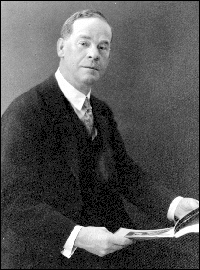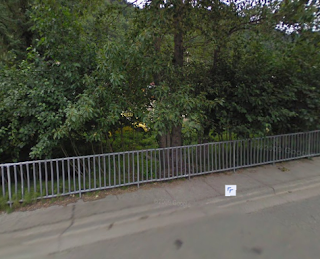I just received this update to the Two-Step Louie story, turns out he died in Alaska at Nome Creek, not Nunn Creek in Colorado.
“I am the Great-Great niece of Two-Step Louis Schmidt. I have an original letter from the Fairbanks Comissioner’s office dated June 18, 1947.
The commissioner at the time, Eleanor Ely wrote to my Great Grandfather Ted Pollack to inform him of his Uncle’s death. The details of the letter state Louis was last seen in Fairbanks the latter part of Dec. 1945. He returned to his cabin at Nome Creek on Dec 26. The last marking on his calendar was March 3, 1946 indicating his death occurred after that date.
His long time friend, Blanche Cascaden found his body on May 29th when she was able to hike in to the cabin.
From all indications, death probably occurred while Louis was in bed, as he had on his underwear and wool socks. His hat hung on a nail on the wall, as did his other clothes. The provisions in the cabin were strewen and gave the appearance of having been eaten by animals. The chimney was down, evidently wolverines had made their entrance thru that opening and attacked his body. Whether he was ill at the time they entered, or dead, we can never know. There was no wood supply in the cabin which might indicate he had been ill, unable to cut wood and had frozen to death.
His wishes were that he be buried near his cabin on the land he loved. His remains were laid to rest under the only tree a short distance from his cabin and a name plate placed there with a cross marker.
I have in my possession a photo of his friend Blanche and an unknown male companion, placing the cross at his final resting place. He was buried June 8, 1946.
He is a legend in our family and I am happy to say at long last, I will be making the trip from Phoenix, AZ to Fairbanks this month to pay my respects.
Thank you,
Lynn Plesotis”







